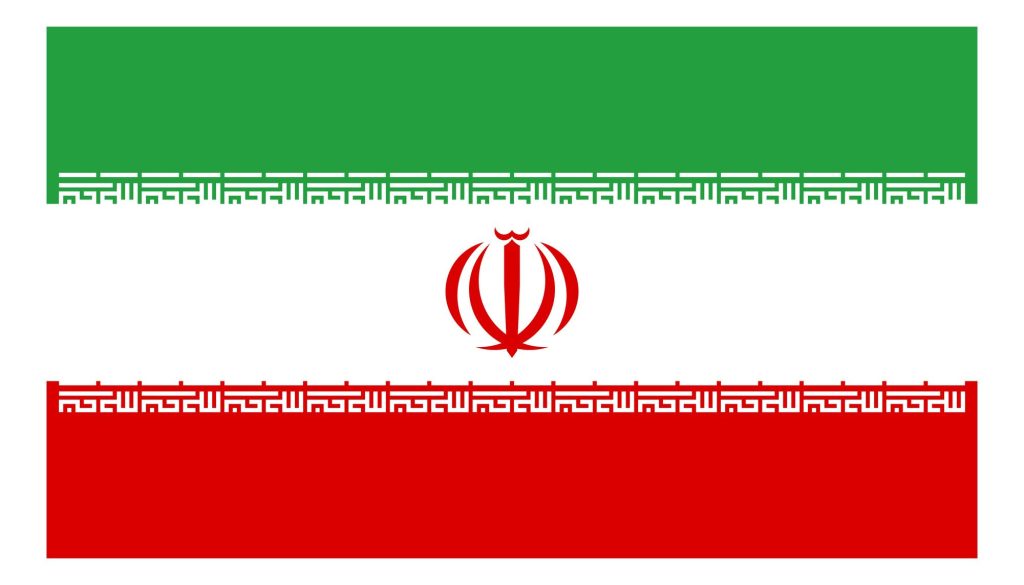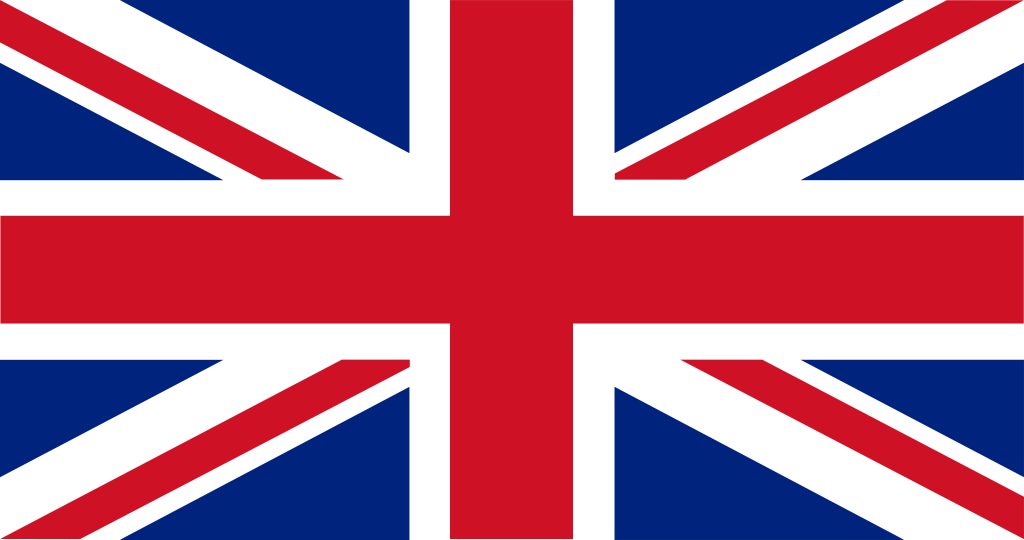Carbon dioxide
Carbon dioxide gas (CO2) is a colorless, odorless gas that is slightly heavier than air. It is a naturally occurring gas that is produced by the respiration of animals and plants, as well as by the decomposition of organic matter. CO2 is also a byproduct of the burning of fossil fuels.
Sepher gas kavian is a producer and importer of high quality laboratory gases and gas mixtures (calibration gases) and all related equipment for various industries. Sepher gas kavian is active in supplying pure laboratory gases and mixed gases in the range of ppb, ppm, such as carbon dioxide gas.
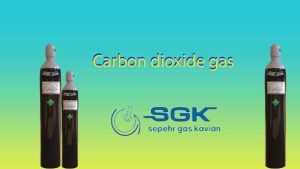
Resources
There are two main types of this gas resources: natural and human-made.
Natural sources of this gas include:
Respiration: Animals and plants respire, which means they release this gas as a waste product.
Decomposition: When organic matter decomposes, it releases this gas into the atmosphere.
Volcanoes: Volcanoes emit CO2 as they erupt.
Oceans: The oceans contain a large amount of CO2, which is released into the atmosphere through a process called outgassing.
Human-made sources of this gas include:
Burning of fossil fuels: When fossil fuels such as coal, oil, and natural gas are burned, they release this gas into the atmosphere.
Deforestation: When forests are cleared, the CO2 that was stored in the trees is released into the atmosphere.
Industrial processes: Some industrial processes, such as cement production, also release this gas into the atmosphere.
The main natural source of this gas is the oceans. The oceans contain about 50 times more this gas than the atmosphere. However, the amount of carbon dioxide in the oceans is relatively stable, because the oceans are also a sink for CO2. This means that the oceans absorb this gas from the atmosphere, and then release it back into the atmosphere over time.
The main human-made source of this gas is the burning of fossil fuels. The burning of fossil fuels releases about 30 billion tons of this gas into the atmosphere each year. This is the main reason why the concentration of this gas in the atmosphere has been increasing over the past few centuries.
Produce
There are many ways to produce carbon dioxide. Some of the most common methods include:
Respiration: Animals and plants respire, which means they release this gas as a waste product. This is the most common way that carbon dioxide is produced in nature.
Decomposition: When organic matter decomposes, it releases this gas into the atmosphere. This happens when plants and animals die, and their bodies are broken down by bacteria and fungi.
Burning of fossil fuels: When fossil fuels such as coal, oil, and natural gas are burned, they release this gas into the atmosphere. This is the main source of human-made CO2 emissions.
Industrial processes: Some industrial processes, such as cement production, also release this gas into the atmosphere.
Volcanic eruptions: Volcanoes emit this gas as they erupt. This is a natural source of carbon dioxide, but it is not a major source of human-made CO2 emissions.
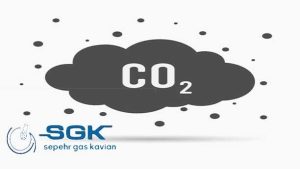
Technical specification
| Chemical formula | CO2 |
| Molar mass | 44.01 g/mol |
| Boiling point | -78.46°C |
| Melting point | -56.6°C |
| Density | 1.98 kg/m3 |
| Solubility in water | 1.45 g/L |
| Odor and Color |
Odorless at low concentrations and Colorless
|
Application
This gas has a wide range of applications, including:
Refrigerant: This gas is a very effective refrigerant. It is used in a variety of refrigeration applications, including refrigerators, freezers, and air conditioners.
Fire extinguisher: This gas is a very effective fire extinguisher. It is used in a variety of fire extinguishers, including portable fire extinguishers and fire suppression systems.
Inert gas: This gas is an inert gas, which means that it does not react with other chemicals. This makes it useful in a variety of applications where an inert gas is needed, such as in welding and metal cutting.
Carbonation: This gas is used to carbonate beverages, such as soda and beer. The carbon dioxide dissolves in the beverage and creates the fizzy sensation.
Leavening agent: This gas is used as a leavening agent in baking. When CO2 is heated, it expands and creates air pockets in the dough. This makes the baked goods light and fluffy.
Propulsion: CO2 is used as a propellant in aerosol cans. When the can is sprayed, the carbon dioxide is released and propels the contents of the can out.
Dry ice: Dry ice is solid carbon dioxide. It is used in a variety of applications, such as for cooling, creating fog effects, and transporting perishable goods.
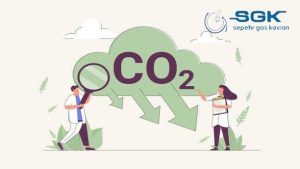
Danger
Here are some of the dangers of this gas:
Asphyxia: This gas can displace oxygen in the air, which can lead to suffocation. This is a serious health hazard, and it can be fatal.
Headaches: Exposure to high levels of CO2 can cause headaches. The headaches are typically mild, but they can be severe in some cases.
Dizziness: Exposure to high levels of this gas can cause dizziness. The dizziness is typically mild, but it can be severe in some cases.
Nausea and vomiting: Exposure to high levels of CO2 can cause nausea and vomiting. These symptoms are typically mild, but they can be severe in some cases.
Death: Exposure to very high levels of this gas can be fatal. The symptoms of carbon dioxide poisoning typically develop over a period of time, but they can be rapid in some cases.
